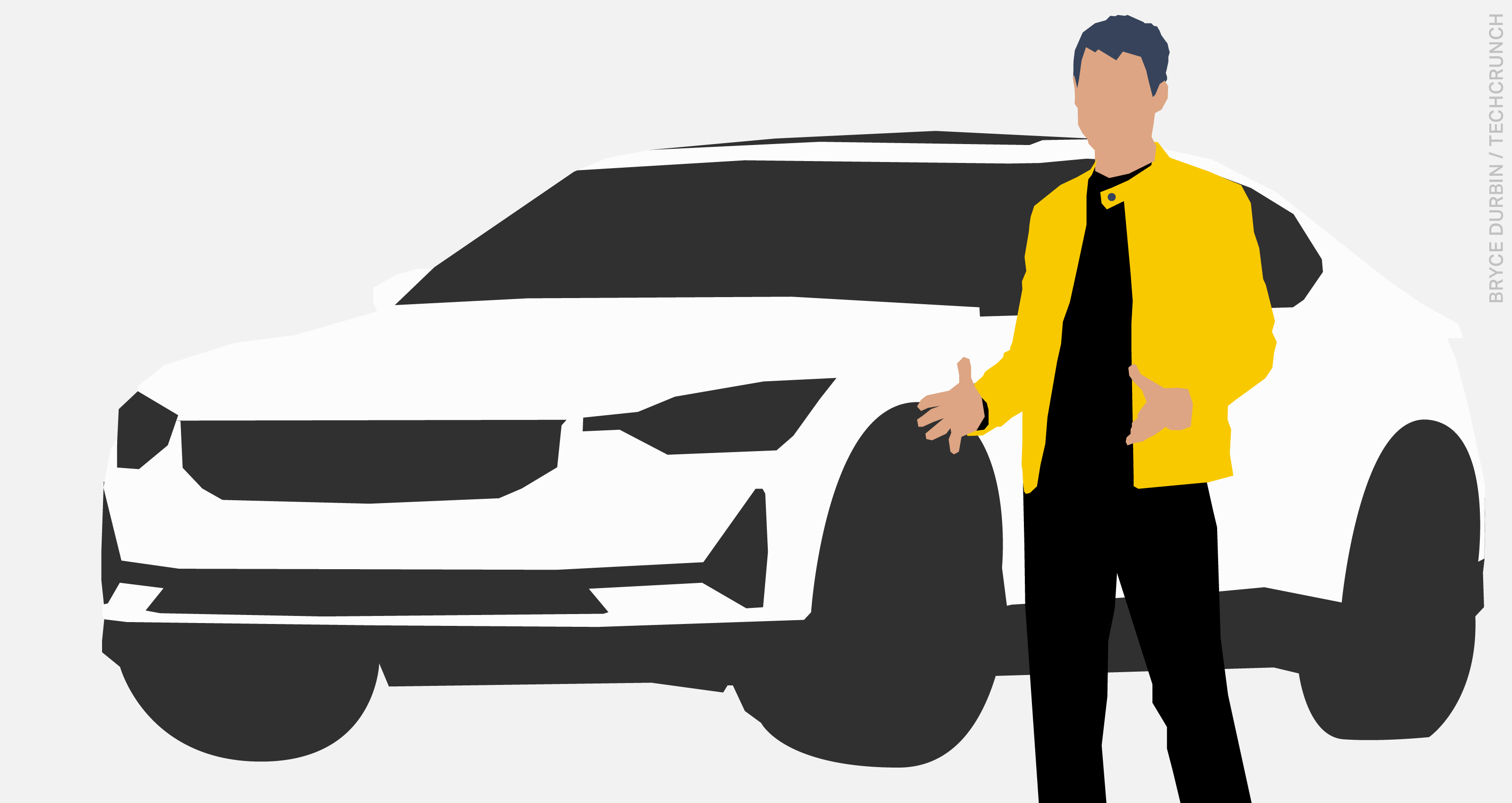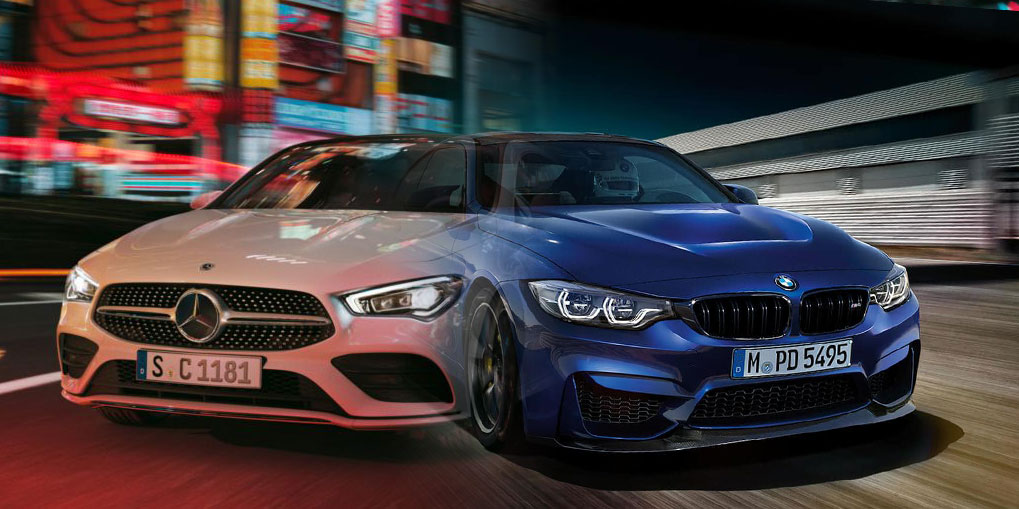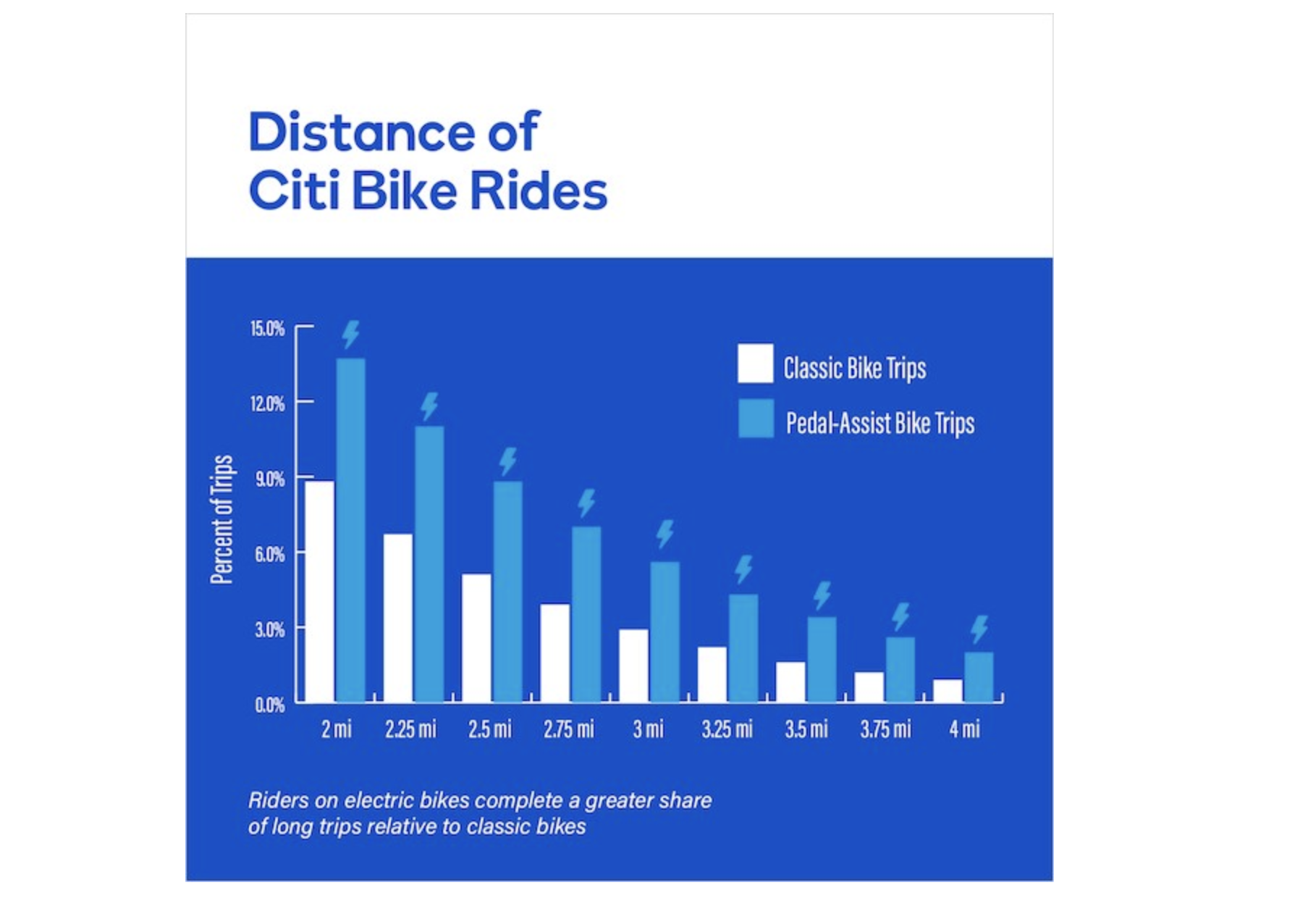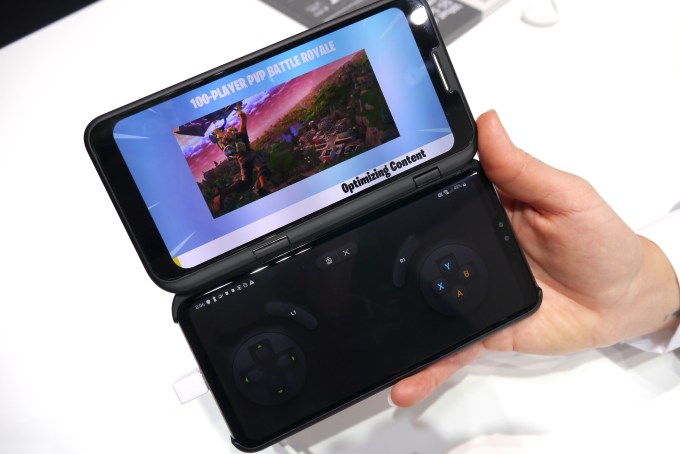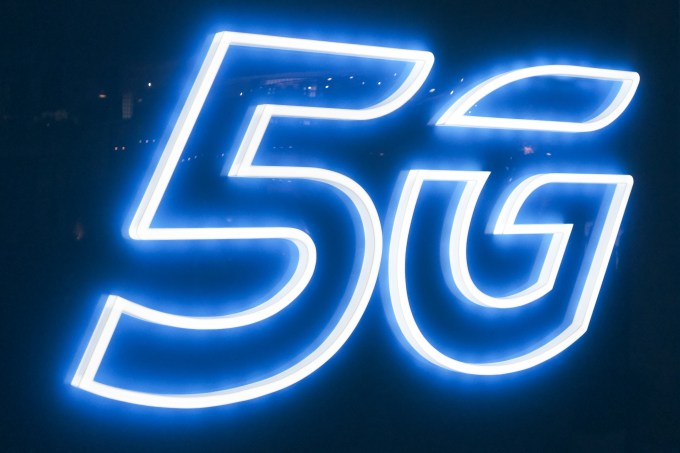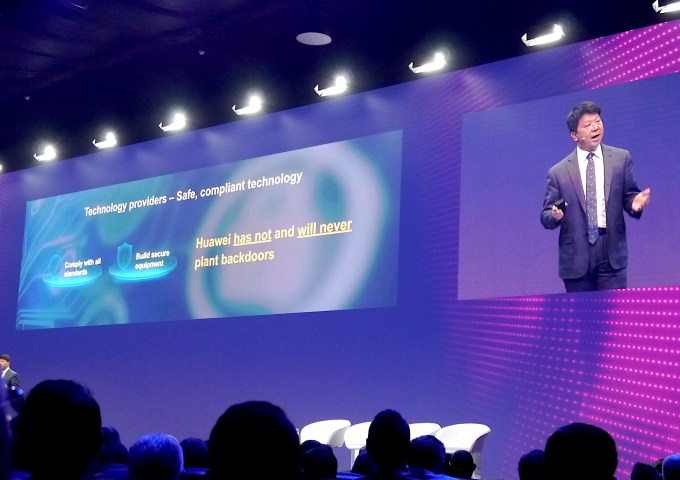Welcome back to Transportation Weekly; I’m your host Kirsten Korosec, senior transportation reporter at TechCrunch. This is the fourth edition of our newsletter, a weekly jaunt into the wonderful world of transportation and how we (and our packages) move.
This week we chat with Polestar CEO Thomas Ingenlath, dig into Lyft’s S-1, take note of an emerging trend in AV development, and check out an experiment with paving. Oh, and how could we forget Tesla.
Never heard of TechCrunch’s Transportation Weekly? Catch up here, here and here. As I’ve written before, consider this a soft launch. Follow me on Twitter @kirstenkorosec to ensure you see it each week. (An email subscription is coming).
ONM …
There are OEMs in the automotive world. And here, (wait for it) there are ONMs — original news manufacturers. (Cymbal clash!) This is where investigative reporting, enterprise pieces and analysis on transportation lives.
This week, we’re featuring excerpts taken from a one-on-one interview with Polestar CEO Thomas Ingenlath.
On February 27, Volvo’s standalone electric performance brand Polestar introduced its first all-electric vehicle, a five-door fastback called the Polestar 2. The EV, which has a 78 kWh battery pack and can travel 275 miles (estimated EPA guidance) on a single charge, will be manufactured at a new factory in Chengdu, China. Other notable specs: The infotainment system will be powered by Android OS, Polestar is offering subscriptions to the vehicle, and production starts in 2020.
Here is what Ingenlath had to say to me about …
EV charging infrastructure
To be very unpolitical, I think it would be totally stupid if we were to aim to develop electric charging infrastructure on our own or for our brand specifically. If you join the electric market today, of course, you would see partnerships; that’s sensible thing to do. Car companies together are making a big effort in getting out a network of necessary charging stations along the highway.
That’s what we’re doing; we’re teaming up and have the contracts being designed and soon signed.
On the company’s approach to automation
The terminology is important for us. We very clearly put that into a different picture, we’re not talking about, and we clearly do not ever want to label it, an “autopilot.” The focus of this system is a very safe distance control, which breaks for you and accelerates for you, and of course, the lane keeping. This is not about developing an autopilot system, it is about giving your safety. And that’s where we don’t want to provoke people thinking that they have full rollout autopilot system there. But it is a system that helps you being safe and protected on the road.
I also reached out to Transportation Weekly readers and asked what they wanted to know and then sent some of those questions to Ingenlath.
Dig In
Tesla is finally going to offer customers a $35,000 Model 3. How the automaker is able to sell this electric vehicle at the long-awaited $35,000 price point is a big piece of that story — and one that some overlooked. In short, the company is blowing up its sales model and moving to an online only strategy. Tesla stores will close or be converted to “information centers” and retail employees will be laid off.
But this is not what we’re going to talk about today. Tesla has also brought back its so-called “full self-driving” feature, which was removed as an option on its website last year. Now it’s back. Owners can opt for Autopilot, which has automatic steering on highways and traffic-aware cruise control, or FSD.
FSD capability includes several features such as Navigate on Autopilot that is supposed to guide a car from a highway on-ramp to off-ramp, including navigating interchanges and making lane changes. FSD also includes Advanced Summon, Auto Lane Change, and Autopark. Later this year, the system will recognize and respond to traffic lights in more complex urban environments, Tesla says.
All of these features require the driver to be engaged (or ready to take over), yet it’s called “full self-driving.” Now Tesla has two controversially named automation features. (The other is Autopilot). As Andrew Hawkins at The Verge noted in his coverage, “experts are beginning to realize that the way we discuss, and how companies market, autonomy is significant.”
Which begs the obvious question, and one that I asked Musk during a conference call on Thursday. “Isn’t it a problem that you’re calling this full self-driving capability when you’re still going to require the driver to take control or be paying attention?” (I also wanted to ask a followup on his response, but the moderator moved onto the next reporter).
His response:
“We are very clear when you buy the car what is meant by full self driving. It means it’s feature complete, but feature complete requiring supervision.
As we get more — we really need billions of miles, if not maybe 10 billion sort of miles or kilometers on that order collectively from the fleet — then in our opinion probably at that point supervision is not required, but that will still be up to regulators to agree.
So we’re just very clear. There’s really three steps: there’s being feature complete of full self driving that requires supervision, feature complete but not requiring supervision, and feature complete not requiring supervision and regulators agree.
In other Tesla news, the National Transportation Safety Board is investigating a crash, that at first glance seems to be similar to the fatal crash that killed Tesla owner Joshua Brown.
A little bird …
We hear a lot. But we’re not selfish. Let’s share.
It’s no secret that Pittsburgh is one of the hubs of autonomous vehicle development in the world. But what’s not so widely known — except for a group of government and company insiders — is that Mayor William Peduto is on the verge of issuing an executive order that will give more visibility into testing there.
The city’s department of mobility and infrastructure is the central coordinator of this new executive order that aims to help guide testing and policy development there. The department is going to develop guidelines for AV testing, we’re told. And it appears that information on testing will be released to the public at least once a year.
Got a tip or overheard something in the world of transportation? Email me or send a direct message to @kirstenkorosec.
Deal of the week
Daimler and BMW are supposed to be competitors. And they are, except with mapping (both part of the HERE consortium), mobility services (car sharing, ride-sharing), and now the development of highly automated driving systems. The deal is notable because it illustrates a larger trend that has emerged as the AV industry hunkers down into the “trough of disillusionment.” And that’s consolidation. If 2016, was the year of splashy acquisitions, then 2019 is shaping up to be chockfull of alliances and failures (of some startups).
Also interesting to note, and one that will make some AV safety experts cringe, both companies are working on Level 3 driving automation, a designation by the SAE that means conditional driving automation in which multiple high levels of automation are available in certain conditions, but a human driver must be ready to take over. This level of automation is the most controversial because of the so-called “hand off” problem in which a human driver is expected to take control of the wheel in time.
Speaking of partnerships, another deal that got our attention this week involved New York-based mapping and data analytics startup Carmera and Toyota Research Institute-Advanced Development. TRI-AD is an autonomous drive unit started by Toyota with Denso and Aisin. TRI-AD’s mission is to take the research being done over at the Toyota Research Institute and turn its into a product.
The two companies are going to test a concept that will use cameras in Toyota test vehicles to collect data from downtown Tokyo and use it to create high definition maps for urban and surface roads.
TRI-AD considers this the first step towards its open software platform concept known as Automated Mapping Platform that will be used to support the scalability of highly automated driving, by combining data gathered from vehicles of participating companies to generate HD maps. AMP is new and has possible widespread implications at Toyota. And TRI-AD is full of A-listers, including CEO James Kuffner, who came from the Google self-driving project and Nikos Michalakis, who built Netflix’s cloud platform, and Mandali Khalesi, who was at HERE.
Read more on Khalesi and the Toyota’s open source ambitions here.
Other deals:
- India’s Ola spins out a dedicated EV business — and raised $56M
-
Volvo Cars has acquired a stake in Zūm, an on-demand ride sharing service for children
Snapshot
Snapshot this week is a bit untraditional. It’s literally a snapshot of myself and my grandmother, months before her 100th birthday. Her memorial service was held Saturday. She died at 101. She loved cars and fast ones, but not so much driving them. And every time I got a new press car, we’d hit the road and she’d encourage me to take the turns a bit faster.
She also loved road trips and in the 1920s, her father would drive the family on the mostly dirt roads from New Jersey to Vermont and even Canada. In her teens, she loved riding in the rumble seat, a feature found in a few vehicles at the time including the Ford Model A.
She was young at heart, until the very end. Next week, we’ll focus on the youngest drivers and one automotive startup that is targeting that demographic.
Lyft’s S-1 lays out the risks associated with its micromobility business and its intent to continue relying on third parties to manufacture its bikes and scooters. Here’s a key nugget about adoption:
“While some major cities have widely adopted bike and scooter sharing, there can be no assurance that new markets we enter will accept, or existing markets will continue to accept, bike and scooter sharing, and even if they do, that we will be able to execute on our business strategy or that our related offerings will be successful in such markets. Even if we are able to successfully develop and implement our network of shared bikes and scooters, there may be heightened public skepticism of this nascent service offering.”
And another about seasonality:
“Our limited operating history makes it difficult for us to assess the exact nature or extent of the effects of seasonality on our network of shared bikes and scooters, however, we expect the demand for our bike and scooter rentals to decline over the winter season and increase during more temperate and dry seasons.”
Lyft, which bought bike-share company Motivate back in July, also released some data about its electric pedal-assist bikes this week, showing that the pedal assist bikes are, unsurprisingly, more popular than the traditional bikes. They also traveled longer distances and improved winter ridership numbers. Now, Lyft is gearing up to deploy 4,000 additional electric bikes to the Citi Bike system in New York City.
One more thing …
Google Maps has added a feature that lets users see Lime scooters, pedal bikes and e-bikes right from the transit tab in over 80 new cities around the world. Users can click the tab to find out if Lime vehicle is available, how long it’ll take to walk to the vehicle, an estimate of how much their ride could cost, along with total journey time and ETA.
Notable reads
If take the time to read anything this week (besides this newsletter), spend some time with Lyft’s S-1. The ride-hailing company’s prospectus mentions autonomous 109 times. In short, yeah, it’s something the company’s executives are thinking about and investing in.
Lyft says it has a two-pronged strategy to bring autonomous vehicles to market. The company encouraging developers of autonomous vehicle technology to use its open platform to get access to its network and enable their vehicles to fulfill rides on the Lyft platform. And Lyft is trying to build its own autonomous vehicle system at its confusingly named “Level 5 Engineering Center.”
- The company’s primary investors are Rakuten with a 13 percent stake, GM with 7.8 percent, Fidelity with 7.7 percent, Andreessen Horowitz with 6.3 percent and Alphabet with 5.3 percent. GM and Alphabet have business units, GM Cruise and Waymo respectively, that are also developing AV technology.
- Through Lyft’s partnership with AV systems developer and supplier Aptiv, people in Las Vegas have taken more than 35,000 rides in Aptiv autonomous vehicles with a safety driver since January 2018.
- One of the “risks” the company lists is “a failure to detect a defect in our autonomous vehicles or our bikes or scooters”
Other quotable notables:
Check out the Pedestrian Traffic Fatalities by State report, a newly released report from Volvo Car USA and The Harris Poll called The State of Electric Vehicles in America.
Testing and deployments
Again, deployments doesn’t always mean the latest autonomous vehicle pilot.
On Saturday, Sidewalk Labs hosted its Open Sidewalk event in Toronto. This is part of Sidewalk Toronto, a joint effort by Waterfront Toronto and Alphabet’s Sidewalk Labs to create a “mixed-use, complete community” on Toronto’s Eastern Waterfront
The idea of this event was to share ideas and prototypes for making outdoor public space the “social default year-round.” One such prototype “hexagonal paving” got our attention because of its use case for traffic control and pedestrian and bicyclist safety. (Pictured below)
These individual precast concrete slabs are movable and permeable, can light up and give off heat. The idea is that these hexagonal-shaped slabs and be used to clear snow and ice in trouble spots and light up to warn drivers and pedestrians of changes to the street use or to illuminate an area for public uses or even designate bike lanes and hazard zones. And because they’re permeable they can be used to absorb stormwater or melted snow and guide it to underground stormwater management systems.
Sidewalk Labs tell me that the pavers have “plug and play” holes, which allow things like bike racks, bollards, and sign posts to be inserted. Sidewalk Labs initially built these with wood, and the new prototype is the next iteration, featuring modules built from concrete.
On our radar
There is a lot of transportation-related activity this month.
The Geneva Motor Show: Press days are March 5 and March 6. Expect concept, prototype and production electric vehicles from Audi, Honda, Kia, Peugeot, Pininfarina, Polestar, Spanish car company Hispano Suiza, and Volkswagen.
SXSW in Austin: TechCrunch will be at SXSW this coming week. Here’s where I’ll be.
- 2 p.m. to 6:30 p.m. March 9 at the Empire Garage for the Smart Mobility Summit, an annual event put on by Wards Intelligence and C3 Group. The Autonocast, the podcast I co-host with Alex Roy and Ed Niedermeyer, will also be on hand.
- 9:30 a.m. to 10:30 a.m. March 12 at the JW Marriott. The Autonocast and founding general partner of Trucks VC, Reilly Brennan will hold a SXSW podcast panel on automated vehicle terminology and other stuff.
- 3:30 p.m over at the Hilton Austin Downtown, I’ll be moderating a panel Re-inventing the Wheel: Own, Rent, Share, Subscribe. Sherrill Kaplan with Zipcar, Amber Quist, with Silvercar and Russell Lemmer with Dealerware will join me.
- TechCrunch is also hosting a SXSW party from 1 pm to 4 pm Sunday, March 10, 615 Red River St., that will feature musical guest Elderbrook. RSVP here.
Self Racing Cars
Finally, I’ve been in contact with Joshua Schachter who puts on the annual Self Racing Car event, which will be held March 23 and March 24 at Thunderhill Raceway near Willows, California.
There is still room for participants to test or demo their autonomous vehicles, drive train innovation, simulation, software, teleoperation, and sensors. Hobbyists are welcome. Sign up to participate or drop them a line at contact@selfracingcars.com.
Thanks for reading. There might be content you like or something you hate. Feel free to reach out to me at kirsten.korosec@techcrunch.com to share those thoughts, opinions or tips.
Nos vemos la próxima vez.
from Android – TechCrunch https://ift.tt/2SBAa4M
via IFTTT
